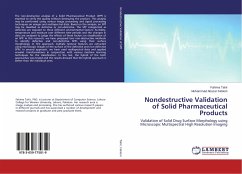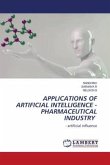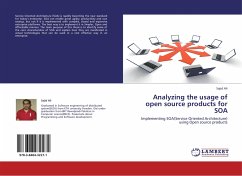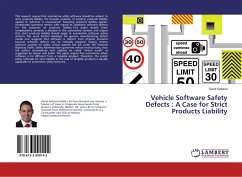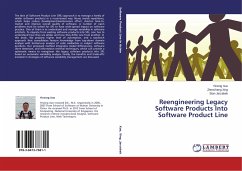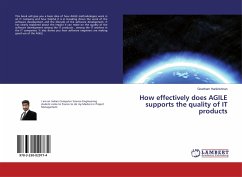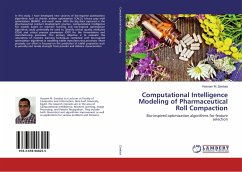The non-destructive analysis of a Solid Pharmaceutical Product (SPP) is essential to verify the quality without destroying the product. This analysis may be performed using various image processing and signal processing techniques on images and multispectral data. Based on the analysis, an SPP may be classified as defective or non-defective. The SPP categorized as defective are exposed to three different environmental factors: humidity, temperature and moisture over different time periods and the changes in data are analyzed to judge the effects of these factors on classification of an SPP. In this research, we have proposed two non-destructive methods to identify defective and non-defective SPPs using their surface morphology. In first approach, multiple textural features are extracted using microscopic images of the surface of the defective and non-defective SPPs. In second approach, we have used multispectral data and applied wavelet transformations in conjunction with variousmachine learning techniques for the classification. In the last, the hybrid of the both approaches was tested and the results showed that the hybrid approach is better than the individual ones.
Hinweis: Dieser Artikel kann nur an eine deutsche Lieferadresse ausgeliefert werden.
Hinweis: Dieser Artikel kann nur an eine deutsche Lieferadresse ausgeliefert werden.

